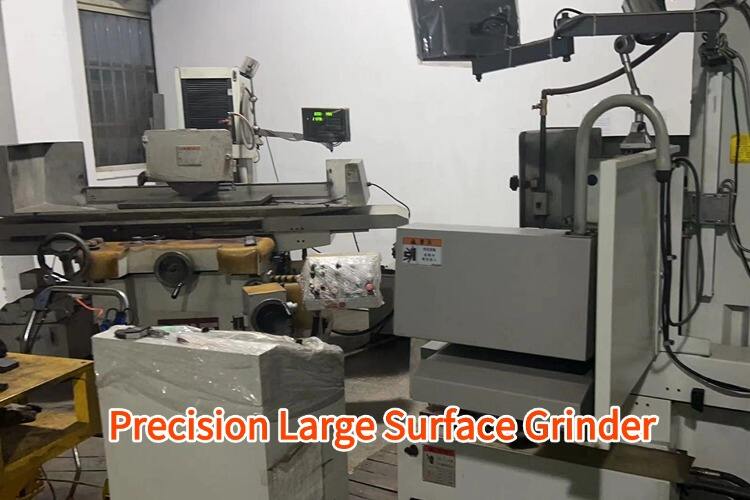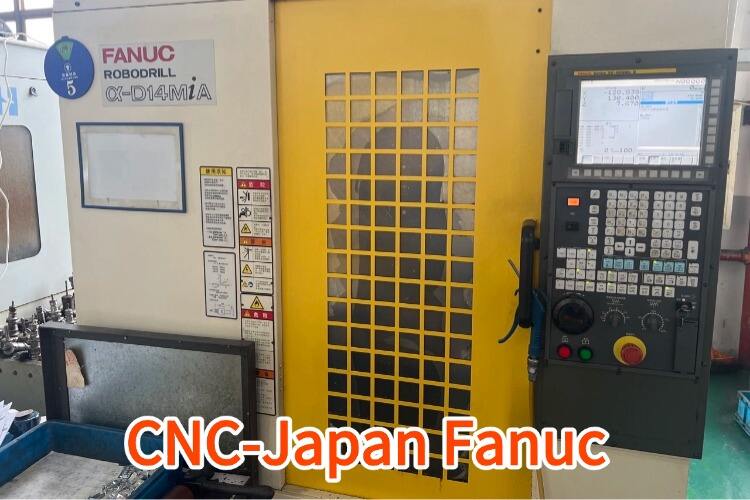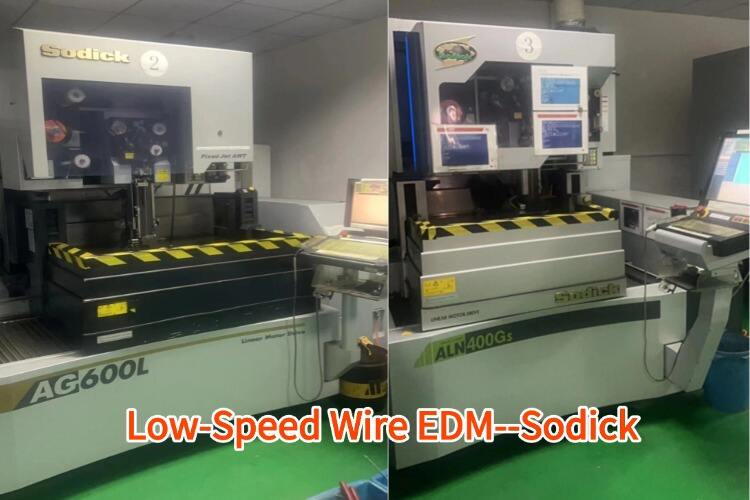cyaniding heat treatment
Cyaniding heat treatment is a specialized surface hardening process that introduces both carbon and nitrogen into the surface layers of steel components. This thermochemical process involves heating steel parts to temperatures between 1500°F and 1600°F in a molten salt bath containing sodium cyanide and other carbonate compounds. During the treatment, carbon and nitrogen atoms diffuse into the steel surface, creating a hard, wear-resistant case while maintaining a relatively ductile core. The process typically produces case depths ranging from 0.004 to 0.015 inches, depending on the treatment duration and bath composition. The dual action of carbon and nitrogen produces a harder surface layer compared to traditional carburizing methods, making it particularly effective for components requiring excellent wear resistance and fatigue strength. Cyaniding is widely used in the automotive, aerospace, and machinery manufacturing industries, particularly for small to medium-sized parts such as gears, pins, and bushings. The process offers quick treatment times, typically ranging from 15 to 30 minutes, making it an efficient option for high-volume production environments. The resulting surface hardness can reach up to 60-65 HRC, providing exceptional wear resistance and improved fatigue properties.


